

- www.bbc.com Norway's simple answer to greener, cleaner living
One family hopes to show people how a return to basic mid 19th-Century life can teach us much about how to care for our environment today.
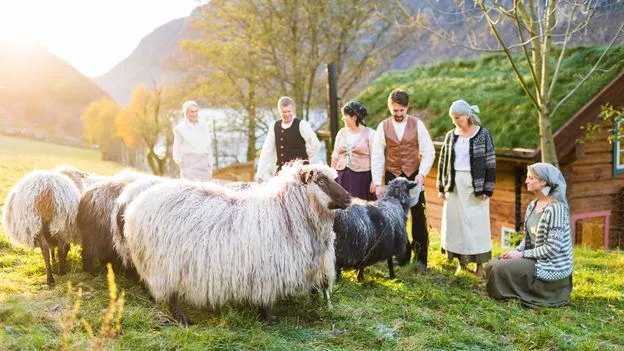
- www.resilience.org “Unlearning Economics”: Jon Erickson, Josh Farley, Steve Keen, and Kate Raworth
On this Reality Roundtable, Nate is joined by Jon Erickson, Josh Farley, Steve Keen, and Kate Raworth - all of whom are leading thinkers and educators in the field of heterodox economics.
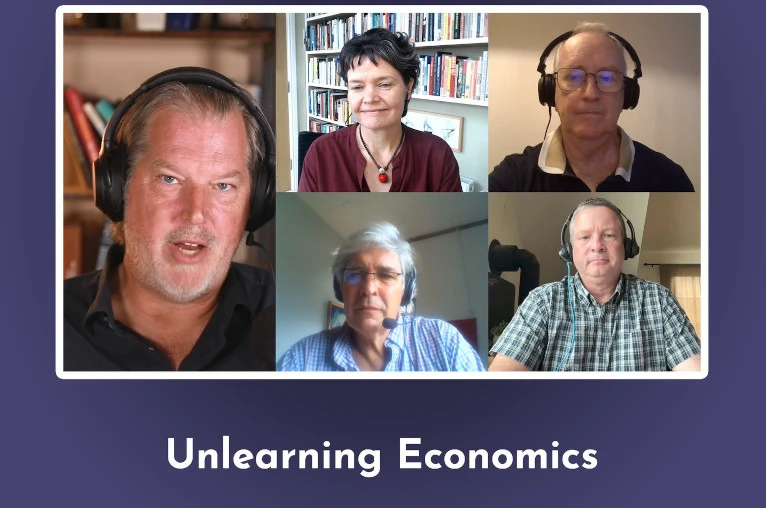
- phys.org Novel socio-environmental vulnerability index pinpoints sustainability issues in Brazilian river basins
Brazilian researchers combined environmental physical, social and economic indicators to create an index that measures a region's vulnerability and used it to analyze the basins of the Parnaíba River and São Francisco River in the Northeast of Brazil. The index is named SEVI (for Socio-Environmental...
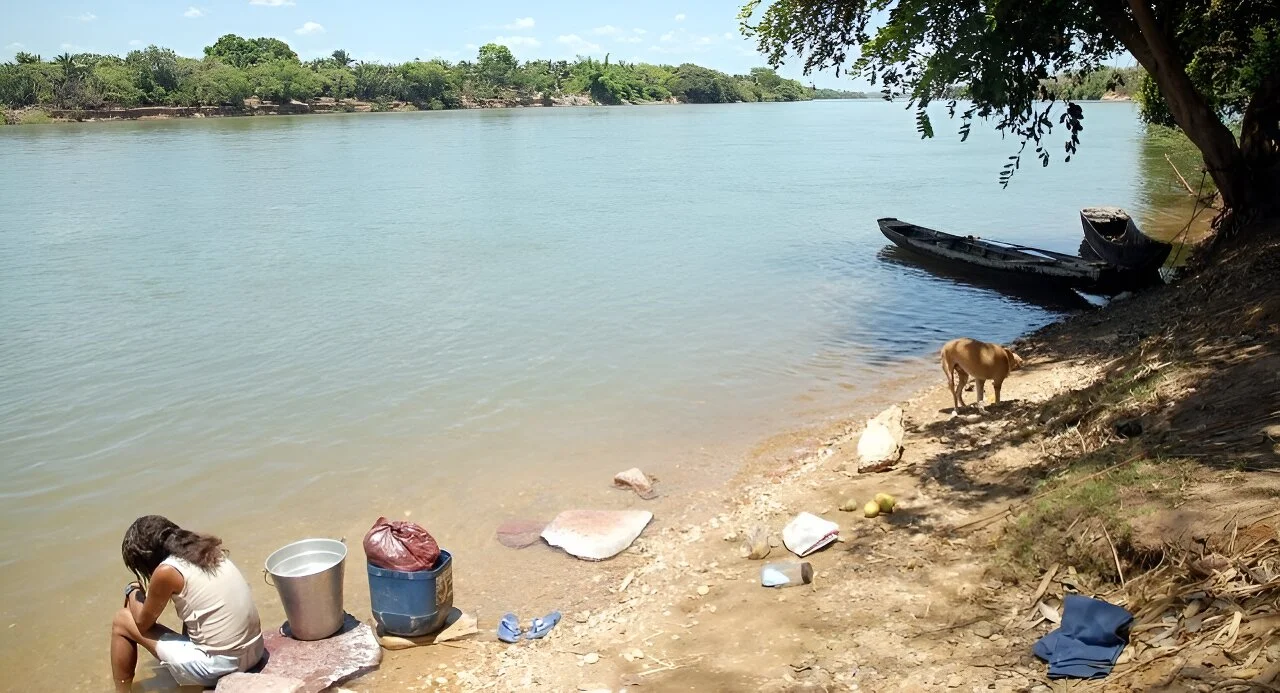
- phys.org How forests can cut carbon, restore ecosystems, and create jobs
To limit the frequency and severity of droughts, wildfires, flooding, and other adverse consequences of climate change, nearly 200 countries have committed to the Paris Agreement's long-term goal of keeping global warming well below 2 degrees Celsius. According to the latest United Nations Intergove...
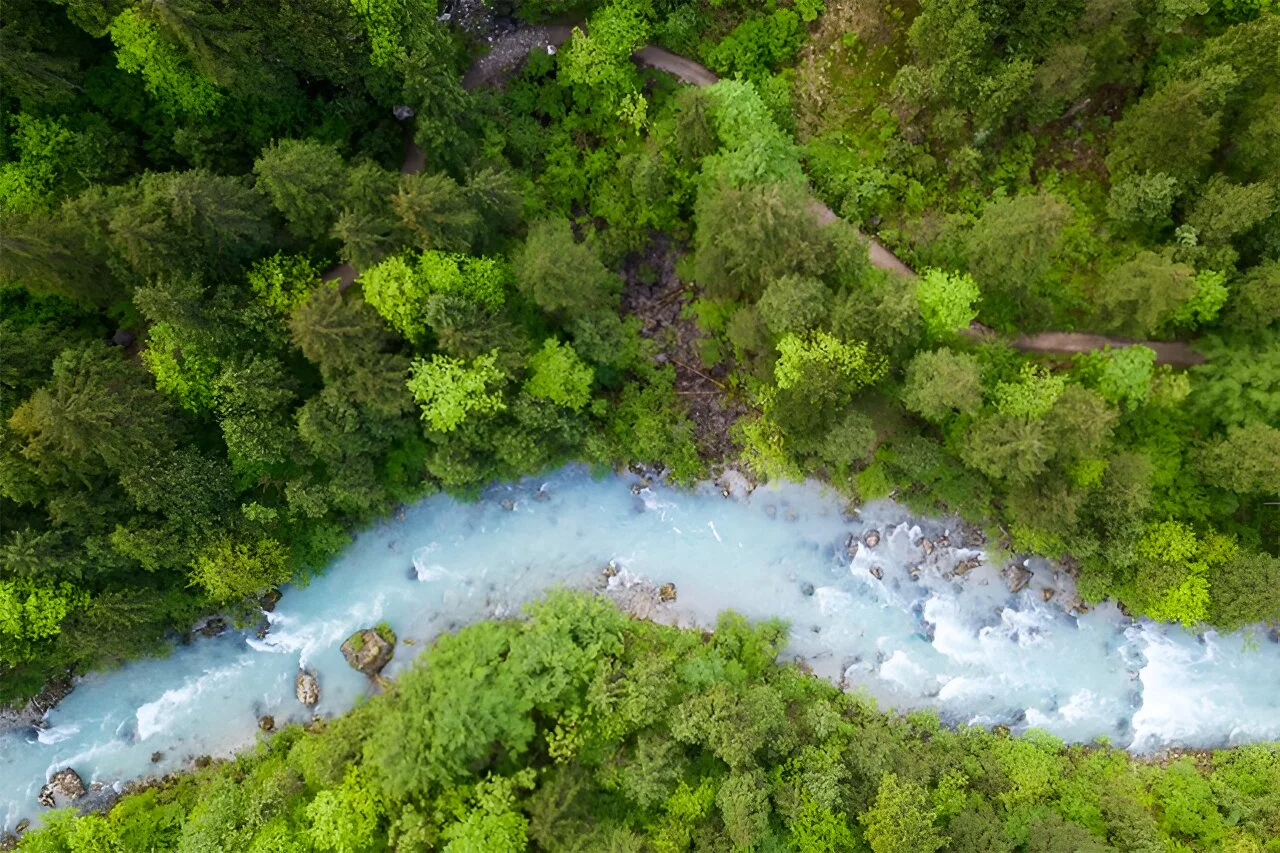
- theconversation.com Australia's first wellbeing framework is about to measure what matters – but it's harder than counting GDP
The new wellbeing framework, set to be released, has five broad themes and about 50 indicators treasury will track over time. Our new book shows how important but difficult measuring wellbeing can be.

- www.sciencedaily.com Multiple uses of tropical mosaic landscapes: Research highlights benefits of wild plants in fallow land and other ecosystems in Madagascar
Many landscapes in the tropics consist of a mosaic of different types of land use. How people make use of these different ecosystems, with their particular plant communities, was unclear until now. Researchers, many of them from Madagascar, have now investigated this. When considering biodiversity, ...

-
The historical social cost of fossil and industrial CO2 emissions - Nature
www.nature.com The historical social cost of fossil and industrial CO2 emissions - Nature Climate ChangeHistorical CO2 emissions could lead to future climate damages and harm human inclusive wealth. This analysis proposes the concept of climate wealth borrowing and quantifies the country-specific present value of climate change impacts arising from energy and industrial CO2 emissions of the period of ...
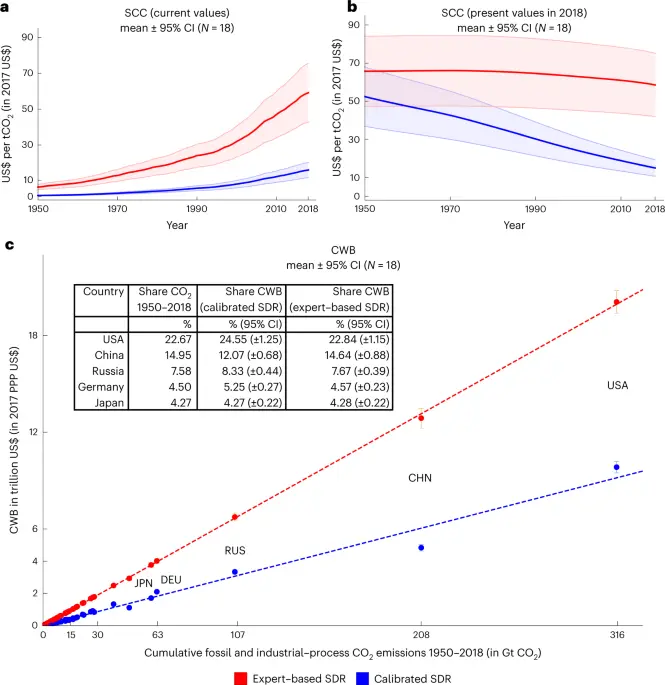
- www.nature.com Stakeholder integration predicts better outcomes from groundwater sustainability policy - Nature Communications
This paper shows that integrating diverse stakeholders into management plans results in better protection, especially for those most vulnerable to the impacts of natural resource depletion.

- www.sciencedaily.com Developer dollars not enough to save species
Financial payments made by land developers to offset their impacts on threatened species may fall short, according to new research.

- www.sciencedaily.com Expanding large-scale agriculture is escalating flooding in the largest South American breadbasket
Driven by soaring international demand, extensive areas of grasslands, and forests across South American plains have rapidly been converted to the production of annual crops, such as soybean and maize. This agricultural expansion has been taking place at a staggering rate of 2.1 million hectares a y...
- www.nature.com Assessing the climate change mitigation potential from food waste composting - Scientific Reports
Food waste is a dominant organic constituent of landfills, and a large global source of greenhouse gases. Composting food waste presents a potential opportunity for emissions reduction, but data on whole pile, commercial-scale emissions and the associated biogeochemical drivers are lacking. We used ...
-
Innovation Potential for a Circular Economy “Made in Israel”
www.ippi.org.il Innovation Potential for a Circular Economy “Made in Israel” - IPPIWhere does the Circular Economy meet different business units and how does it quantify circularity contribution?
Not strictly EE but an interesting case study on the potential of implementing circular economics.
- news.mongabay.com Kelp forests contribute $500 billion to global economy, study shows
Forests of golden kelp, a type of brown seaweed that grows in cooler waters, weave along the coastline of southern Australia. But many people aren’t even aware that it’s there, says Adriana Vergés. “I live in Sydney — it’s Australia’s largest city — and it has absolutely gorgeous kelp forests,” Verg...
-
Investing in nature improves equality, boosts economy
www.sciencedaily.com Investing in nature improves equity, boosts economyA new study shows that current trends in environmental degradation will lead to large economic losses in the coming decades, hitting the poorest countries hardest. But there is hope: investing in nature can turn those losses into gains.
-
Welcome to EcoEcon!
Just wanted to create this community for anyone interested in Ecological Economics. I have no idea if anyone will ever subscribe to such a niche topic but I find it fascinating and hopefully others do too!
If anyone is generally interested in ecology, sustainability, environmental science, economics, etc. but isnt familiar with EE Ive placed a link on the sidebar that does a decent job explaining the core ideas.
Its far from a settled field and theres still a lot of debate among those familiar. Looking forward to seeing what people post (assuming people find this place of course!).